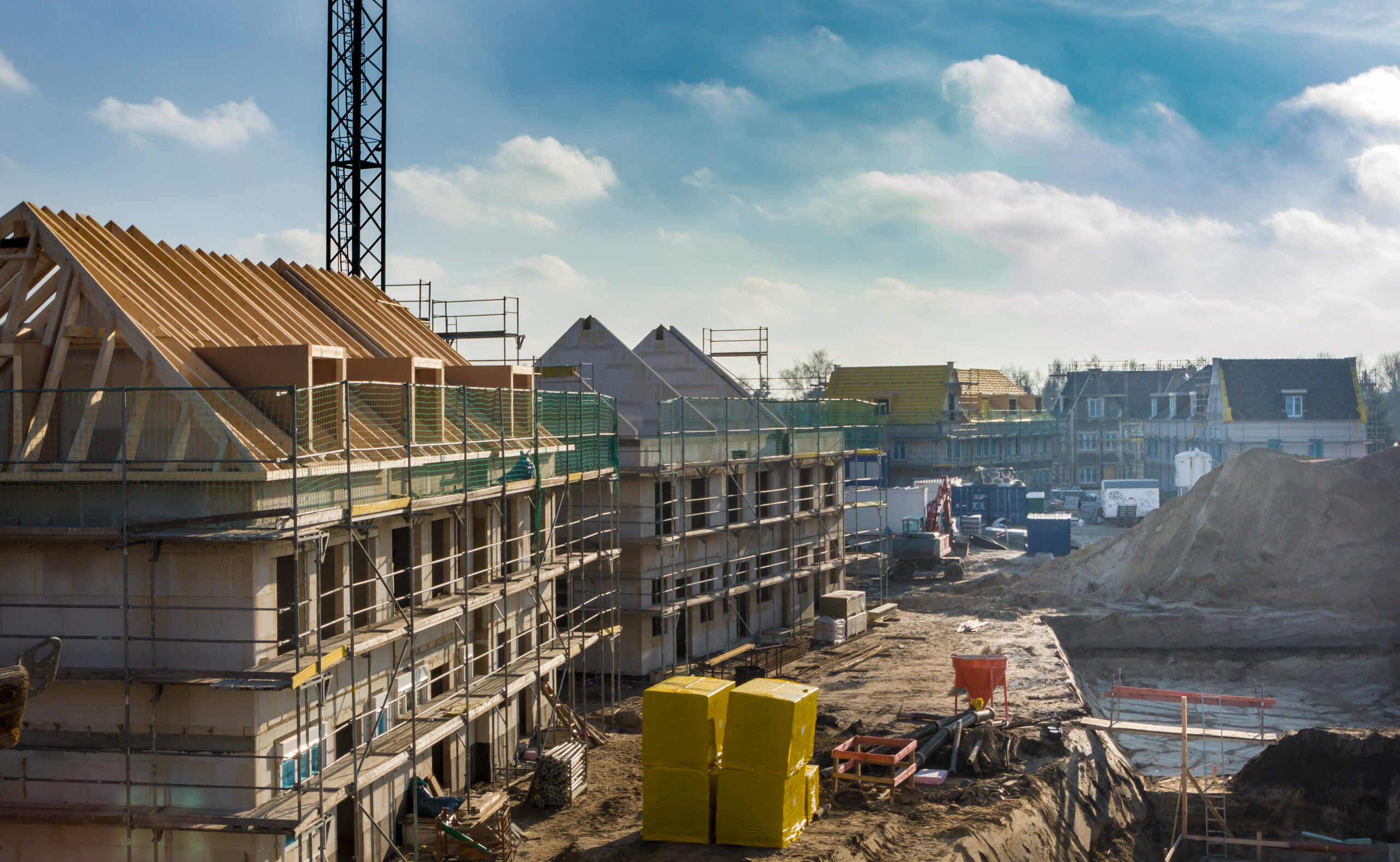
The new Labour Government has long touted planning reform, not least “to build 1.5million new homes”, as being a key plank in bringing economic growth to the UK, although the detail of “how” has been elusive. However, the Government started to show its hand earlier this week, by launching a consultation on changes to national planning policy in England, the National Planning Policy Framework (NPPF). Although much of the NPPF is unchanged, the focused alterations that are proposed could have far reaching consequences, not least for the Green Belt.
At a very high level, it appears that the proposals would put substantially more pressure on local authorities to deliver their development needs (not just, but including, housing), particularly in Green Belt authorities and areas that were previously protected from higher housing targets via the (seemingly outgoing) standard method calculations.
Notable changes include:
- The strengthening of the requirement for local authorities to meet housing need in policy, against a substantial change to the calculation of housing need on a national basis (outside the NPPF, but part of the consultation – see below).
- Reversing changes made by the previous Government in December 2023, which will strengthen the importance of local authorities maintaining a five-year housing land supply.
- In terms of reviewing Green Belt boundaries through the local plan process, this should take place where an authority cannot meet its identified need for housing, commercial or other development through other means. Need should be met in full, unless such alterations would fundamentally undermine the function of the Green Belt across the area of the plan as a whole.
- The “grey belt” (a long-touted new category of existing Green Belt land) has been defined not just as previously developed land, but any other land that makes a “limited contribution” to the (long-identified and unchanged) purposes of including land within the Green Belt (with some exceptions). Development on the “grey belt” is not inappropriate in defined circumstances, including where there is an inadequate supply or delivery of housing, or a demonstratable need for development, and:
- Residential development should bring forward 50% affordable housing unless viability suggests otherwise (with a new appendix addressing how viability is to be calculated);
- “Necessary improvements” to local or national infrastructure, and New or improvements to publicly accessible green space
- New or improvements to publicly accessible green space.
- Proposals on brownfield land should be regarded as “acceptable in principle”, which isn’t a new focus but adds further clarity that this remains a priority for development.
- Local plans should identify appropriate sites for commercial developments which “meet the needs of a modern economy”, including laboratories, gigafactories, data centres, digital infrastructure, freight and logistics. Other changes include a stronger emphasis on delivering these types of employment development (and other industries more generally).
- Reference to development needing to be “beautiful” has been removed, leaving a broader commitment to good design (which appears sensible).
- An increased focus on planning across local authority boundaries, although this is a forerunner of wider proposals for strategic planning.
As flagged above, in parallel the Government has proposed changes to the calculation of housing need. As ever, this is somewhat technical, but in simple terms it involves:
- Starting calculations based on existing housing stock (rather than population projections) with need increasing by 0.8% every year, with
- A further uplift in areas where house prices are more than four times higher than earnings.
The Government indicates that this will result in a significant increase in identified housing need in most parts of England. However, in London as a whole, there is a reduction from 100,000 a year to circa 80,000 a year (although this has to be seen against actual delivery in the Capital, which is around the 35,000 mark).
It has to be said at this stage that the changes are simply the Government’s proposals, and comments on them are sought up to 24 September 2024. Further, it is clear that they are intended to be only part of the picture, and future detail can be expected on matters such as new towns and national development management policies, the extent to which central intervention will be taken, the promised boost to planning officer figures and, perhaps most importantly, the investment in social housing that is promised later in the autumn.
It is fair to say that the package of measures is intended to be “pro-development”, and is consistent with the Government’s stated aspiration to get the country building. As such it will be welcomed by many developers and landowners. However, some of the changes will be very controversial, particularly in the Shires, and many local authorities in these areas will have to make some hard political decisions locally if the proposals are implemented as announced. That said, in her speech and in answering questions in the House of Commons, Angela Rayner seemed prepared for the inevitable fight – as such, it can be anticipated that even if all of the proposals do not make the final version, the spirit of them will be retained.
In this context, the changes (if implemented as currently intended) will bring significant opportunities for developers, housebuilders and landowners, and could prove to be a real game changer for large parts of the property industry. In terms of planning applications, any changes would be part of the statutory policy framework on the day that a new NPPF is adopted. As for policy, there will be a more staged lead-in, particularly in cases where plans are already at a relatively advanced stage.
If you would like to discuss the potential opportunities arising from the proposed changes, or would like to have your say in the consultation process, please get in touch with a member of our nationwide planning team.
Related news
Learning from Las Vegas: How service stations can become more than just a pit stop
Motorway service stations in the UK have over 32 million visits annually, the equivalent of around one in every two people using the sites.












